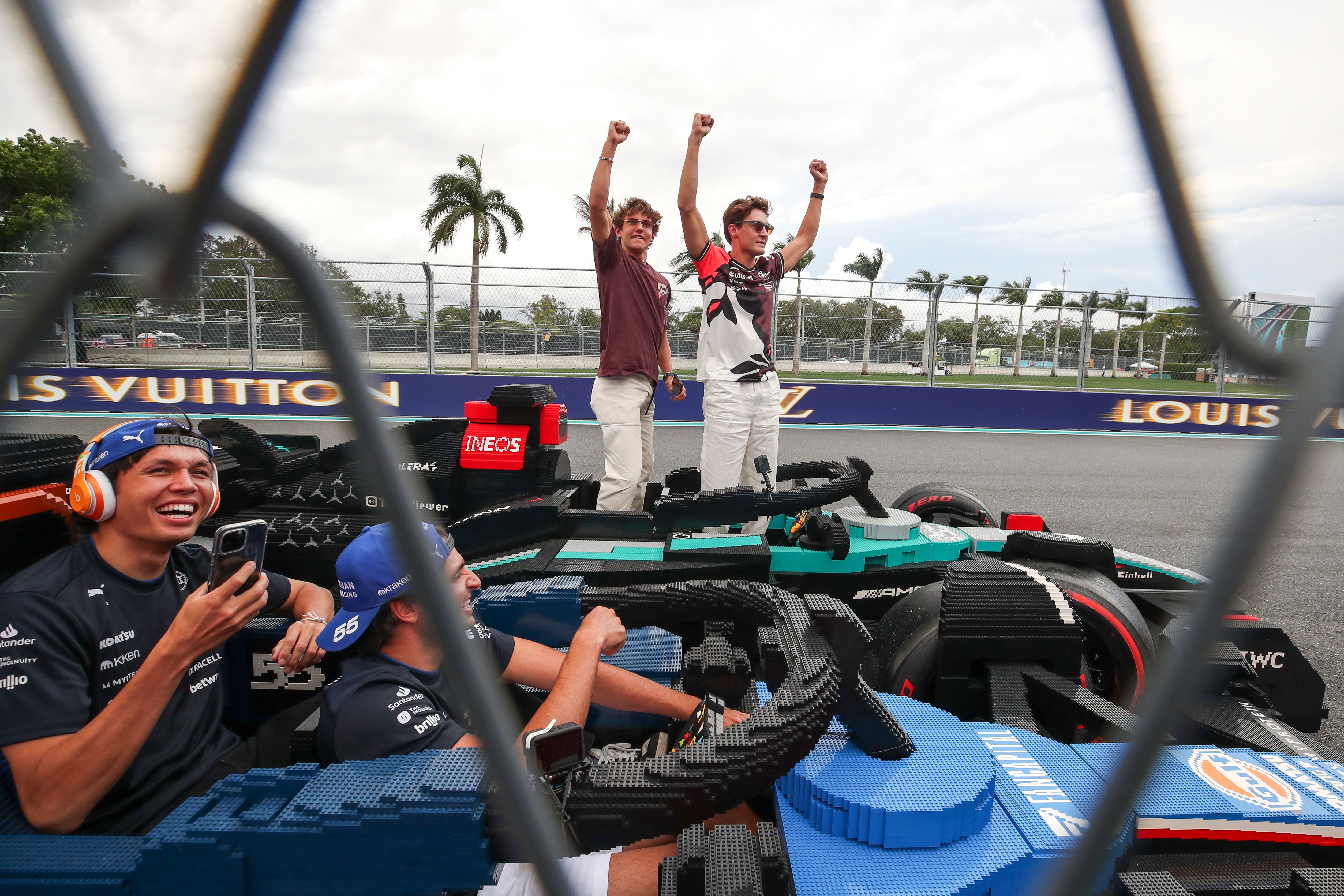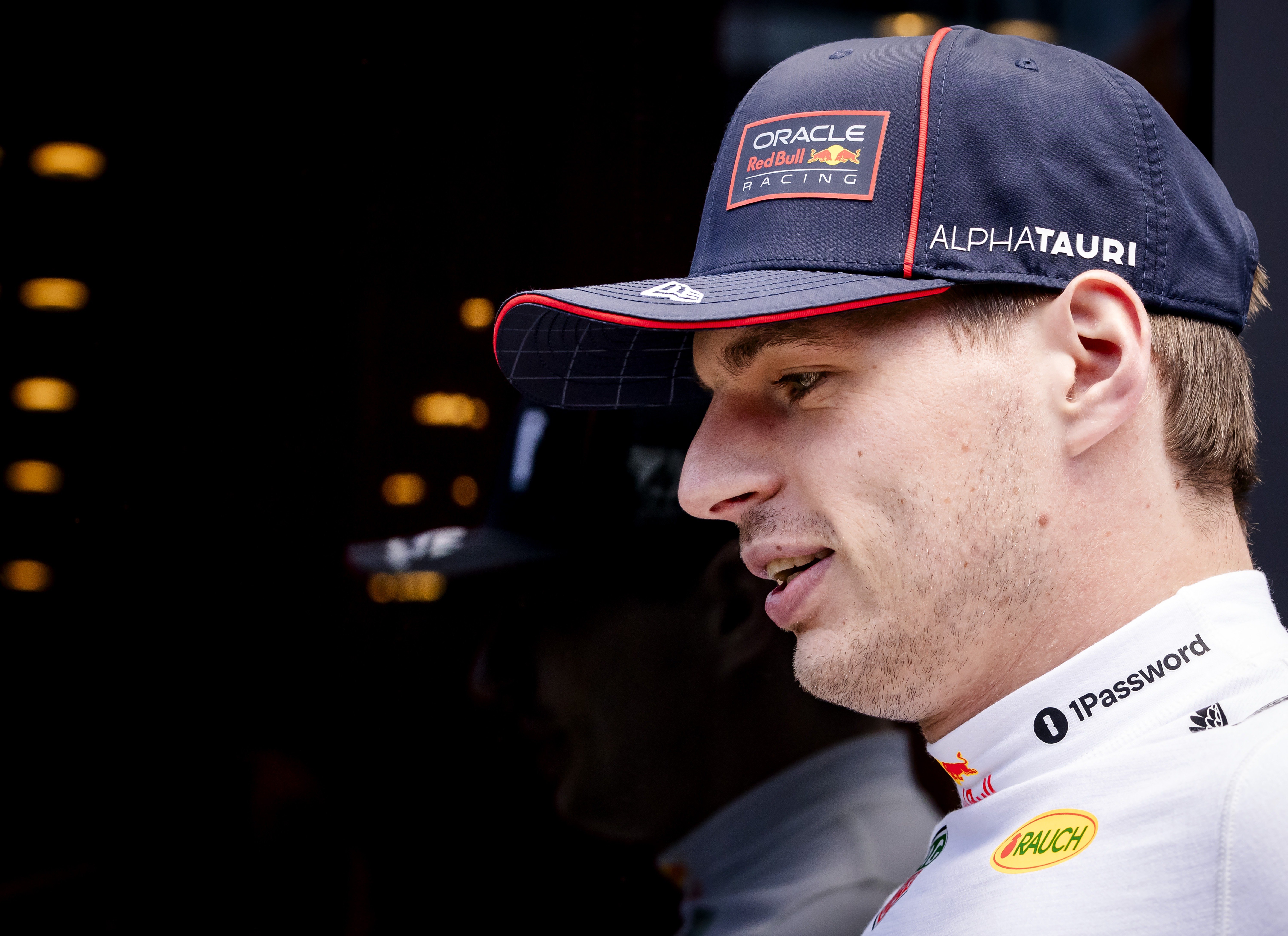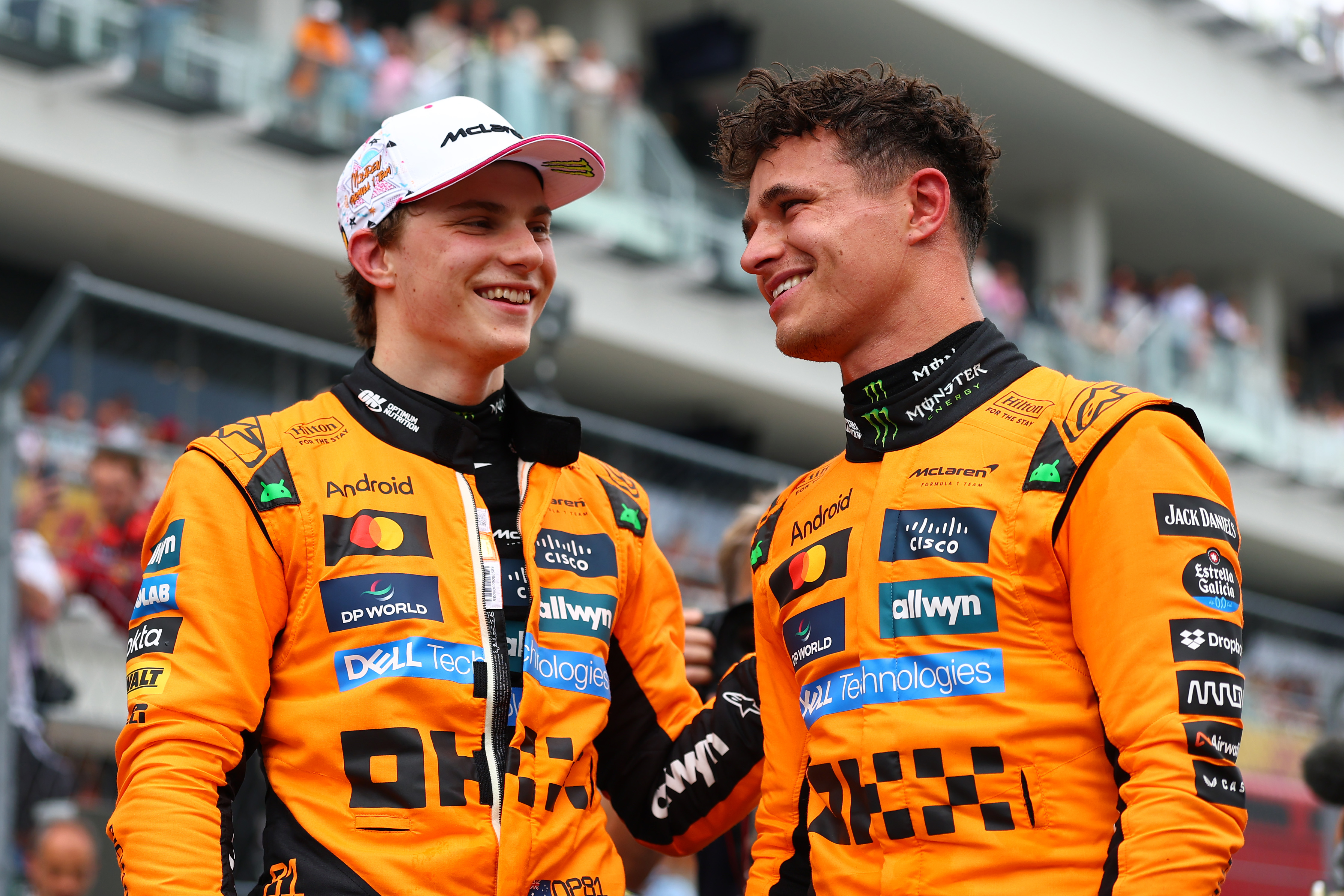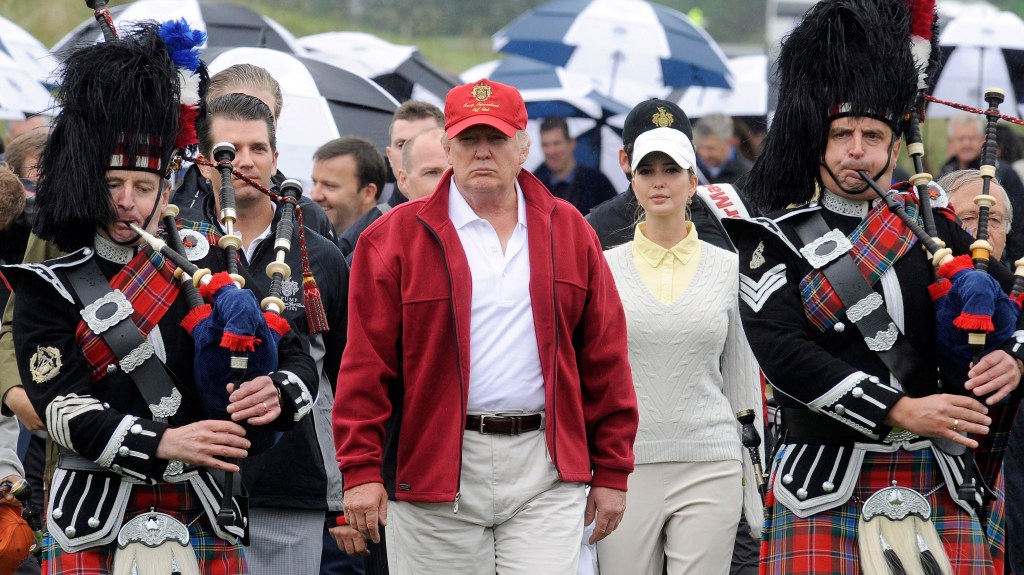New F1 Regulations Fail to Address Core Issues — Closer Racing is Key, Not Just Speed
Formula 1 drivers often appear fatigued as they navigate countless media obligations, sponsor engagements, and the demanding schedule of a 24-race season.
When it was announced that they would be required to race around the track in life-sized Lego cars during the Miami Grand Prix weekend, many could have understandably grumbled about yet another task added to their busy schedule.
However, as they participated in the drivers’ parade, racing wheel to wheel at a leisurely pace of 20 km/h while tiny Lego pieces fell off their vehicles, the drivers displayed genuine joy and camaraderie.
For many, it was the happiest they’d looked in months. George Russell of Mercedes playfully dubbed it the future of racing on Instagram, accompanied by a laughing emoji and footage of the quirky event. He later shared that it was the most enjoyable part of his entire weekend.
While not the actual future of F1, this light-hearted event served as a reminder of the reasons behind the passion for racing: the unpredictability, the excitement, and above all, the fun.
Former F1 driver and Sky Sports pundit Martin Brundle shared his thoughts on social media: “Looking back at the humorous Lego car race in Miami last weekend, the drivers were thoroughly entertained. Watching the BTCC/Caterham/Mini races at Brands Hatch last weekend highlighted that it’s the close racing that captivates audiences, not merely the speed.”
He also remarked how Max Verstappen must be exhilarated after recently driving a Ferrari GT3 at the challenging Nordschleife, and mentioned that MotoGP and Superbike events are elevating the excitement for motorsport enthusiasts.

Nevertheless, many believe Formula 1 is bogged down by excessive regulations. Christian Horner, the head of Red Bull Racing, and Zak Brown, the McLaren CEO, share a rare consensus that the sport has become over-regulated.
Frequently, after a race — or even during one — officials, media, and team personnel find themselves sifting through the rulebook to determine the legality of overtaking maneuvers, often leaving them frustrated.
The upcoming regulations for 2026 are intricate, posing challenges for teams, especially concerning engine compliance and the interplay between engine and aerodynamics. This has raised apprehensions that cars may run out of energy at inconvenient moments, compelling drivers to throttle back on certain circuits.
Verstappen, among others, has voiced concerns about these regulations. Last weekend, he participated under the alias “Franz Hermann” in an official Nürburgring Endurance Series test, where he reportedly broke Christian Krognes’ GT3 lap record.
“I was faster, but I wasn’t there to break records. I focused on having fun and getting to learn the track with my team,” Verstappen noted.

The impetus for these new regulations stems from Formula 1’s commitment to leading in technological innovation, emphasizing sustainable fuels and a balance between combustion and electric power.
However, the primary goal aimed at enhancing the “show” was to produce lighter cars and facilitate overtaking. Yet, many team principals are voicing concerns that instead, there may be larger performance gaps between teams than currently observed.
Esteban Ocon, a driver for Haas, revealed that Lego intends to explore the creation of similar cars that can operate at speeds faster than the 20 km/h limit experienced in Miami. Other competitors are hopeful for some nostalgic fun sooner rather than later.
New Tyres and Upgrades Await Teams in Europe
This weekend marks another attempt to improve racing dynamics with the Emilia Romagna Grand Prix, as Pirelli introduces its softest tyre yet, including the new C6 compound, to encourage teams to abandon the typical one-stop strategy.
Imola features the longest pit lane on the calendar at 548 metres. Despite being favored by drivers for its history and precision requirements, overtaking can be a challenge on this track.
Before the Friday practice sessions, many teams had only used the C6 tyre during the Abu Dhabi test at the conclusion of last season, or perhaps not at all. Pirelli hopes the new tyres will compel at least some teams to consider a two-stop strategy, leading to increased overtaking opportunities.

McLaren’s significant advantage lies in their tyre cooling strategies, as evidenced by their impressive performance in Miami, where they secured a one-two finish with Oscar Piastri and Lando Norris, finishing over 30 seconds ahead of their closest rival, Russell.
While Imola may not match Miami’s temperatures, McLaren’s edge may help reduce degradation of the softer compound. They are again viewed as favorites, though Verstappen’s qualification capabilities, having claimed half the pole positions this season, will be crucial given the importance of track position.
The first European race also simplifies logistics, allowing several teams to introduce upgrades to their cars. Although there isn’t a singular upgrade that will drastically enhance lap times in this final year of regulations, the effectiveness of these adjustments should offer teams insights into the trajectory of their season.
Red Bull plans to implement updates to their engine cover, rear suspension, and rear corner, aiming for marginal gains and improved aerodynamic performance.
Mercedes is debuting a new front wing design along with several tweaks in what constitutes their first significant upgrade package of the season, while Aston Martin is introducing a new floor for Lance Stroll. Ferrari and McLaren will also roll out minor enhancements.




Post Comment